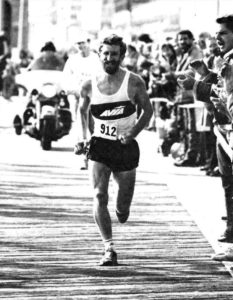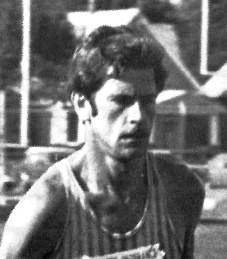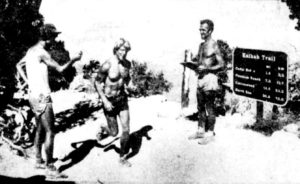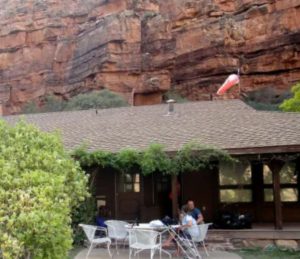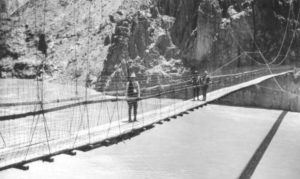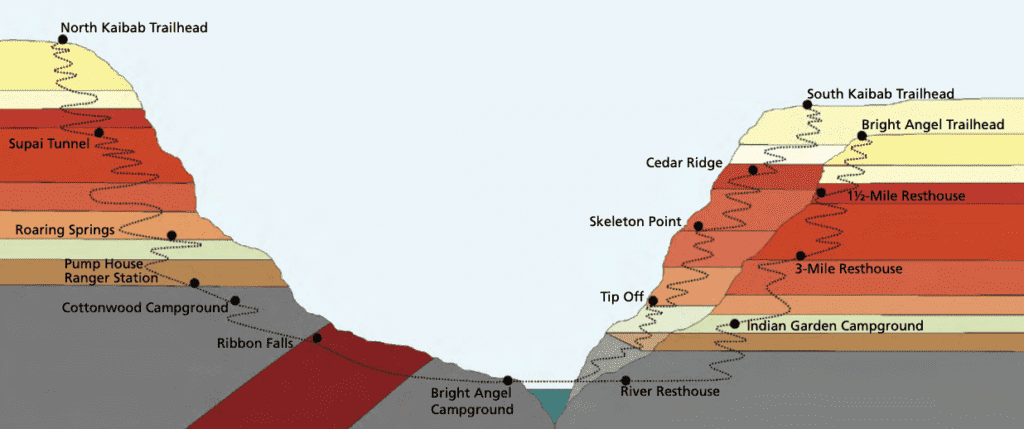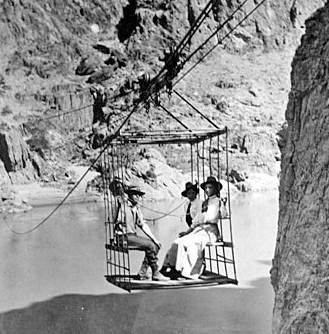Podcast: Play in new window | Download (Duration: 32:42 — 39.9MB)
Subscribe: Apple Podcasts | Spotify | Amazon Music | Android | Pandora | iHeartRadio | JioSaavn | Podcast Index | Email | TuneIn | RSS | More
By Davy Crockett
 Marcy Schwam, from Massachusetts, was an ultrarunning pioneer in the 1970s and early 1980s, during an era when some people still believed long-distance running was harmful to women. She won about 30 ultramarathons and set at least six world records at all ultra-distances from 50 km to six-days. At one point she ran 100 miles faster than any woman had ever run that far.
Marcy Schwam, from Massachusetts, was an ultrarunning pioneer in the 1970s and early 1980s, during an era when some people still believed long-distance running was harmful to women. She won about 30 ultramarathons and set at least six world records at all ultra-distances from 50 km to six-days. At one point she ran 100 miles faster than any woman had ever run that far.
She was bold, brazen, with an impressive “get-out-of-my-way” attitude and racing style. She would take command of a race and preferred to lead rather than follow. This courageous attitude also helped to break through the stigma held against women runners of the time. She dared to be the only woman in a race. She inspired many other women to get into the sport and reach high.
Schwam trained hard and raced hard. She always knew what she was doing. Nick Marshall, who ran against her observed, “she set lofty goals for herself and she was gutsy enough to go after them with wild abandon. She might soar, or she might crash, but either way it was going to be a maximum effort.” She thoroughly enjoyed competitive racing where limits were explored and tested often.


